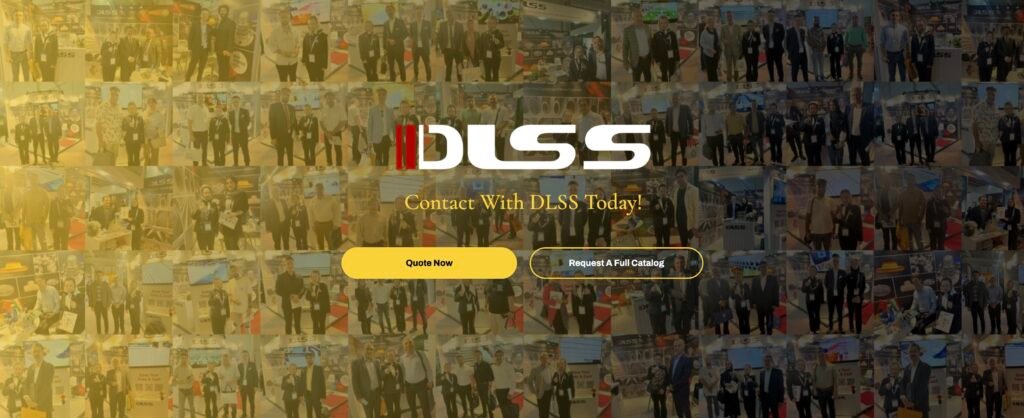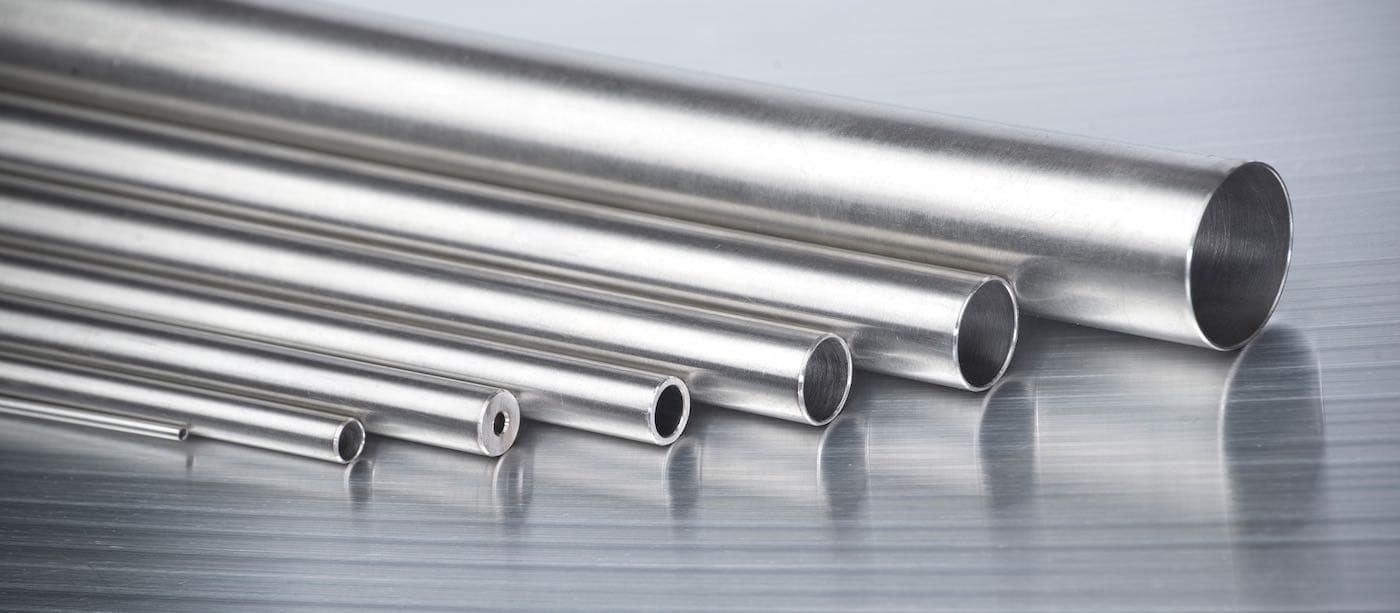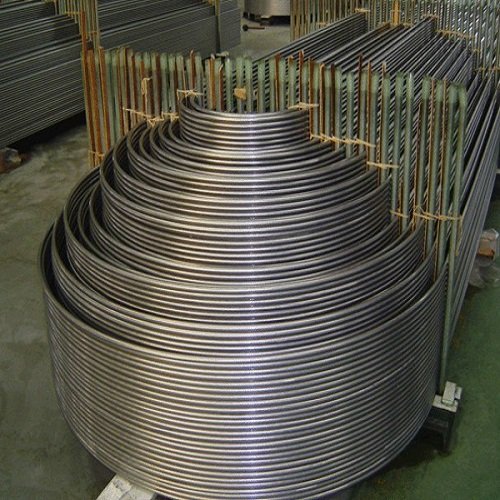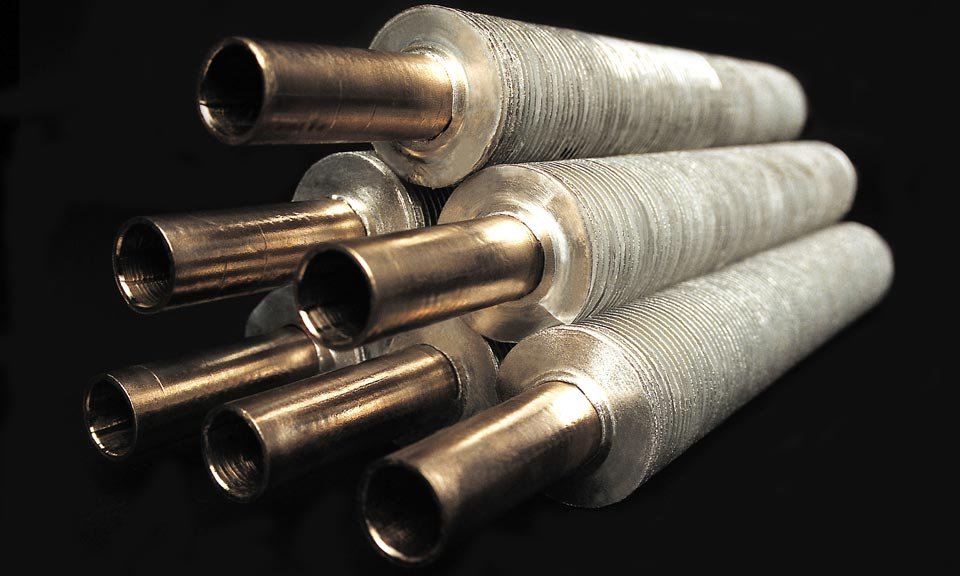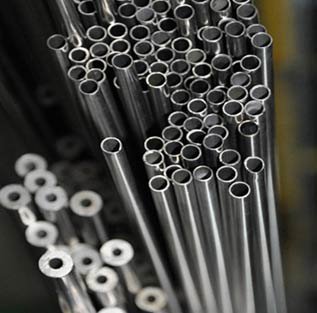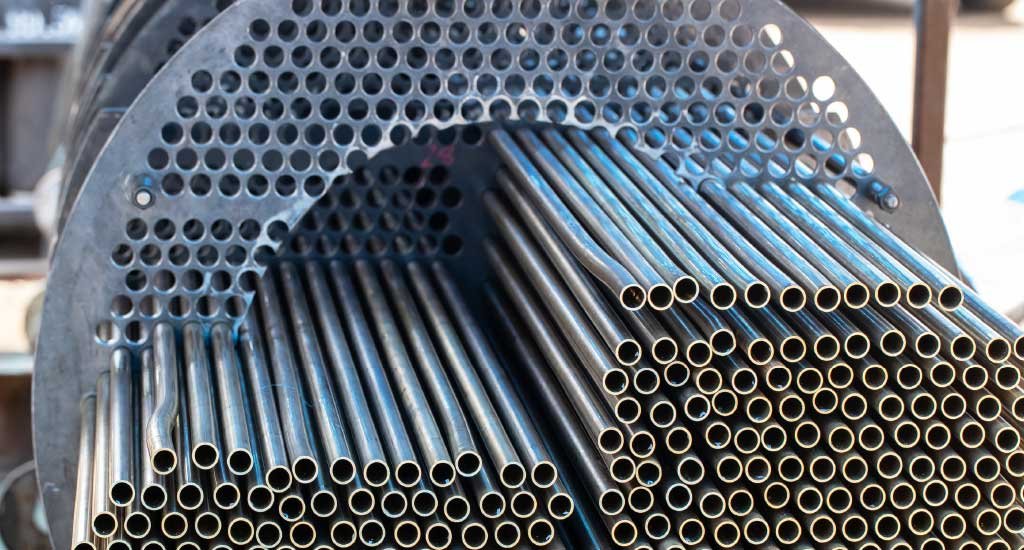1. Introduction
When it comes to critical piping systems in chemical plants, refineries, and offshore projects, material selection plays a decisive role in long-term reliability. Two of the most widely specified options are Nickel Alloy 625 pipes and Incoloy 825 tubes. Although both are high-performance alloys with excellent corrosion resistance, their properties and cost-performance profiles differ, making it important to choose the right grade for each application.
2. Overview of Nickel Alloy 625 (Inconel 625)
- Standard Reference: ASTM B444 / B705
- Composition: High nickel with significant chromium and molybdenum, plus niobium for strength.
- Key Properties:
- Exceptional resistance to pitting, crevice corrosion, and chloride stress corrosion cracking.
- High strength across a wide temperature range (-196°C to 982°C).
- Excellent weldability without post-weld heat treatment.
Typical Applications:
- Offshore oil & gas pipelines exposed to seawater.
- Flue gas desulfurization systems.
- Chemical processing plants handling phosphoric acid, seawater, and oxidizing chemicals.
Learn more on Inconel 625 – Wikipedia.
3. Overview of Incoloy 825 (Nickel-Iron-Chromium Alloy)
- Standard Reference: ASTM B423 / B704
- Composition: Nickel, iron, chromium base with additions of copper and molybdenum.
- Key Properties:
- Excellent resistance to reducing and oxidizing acids, including sulfuric and phosphoric acid.
- Good mechanical properties up to moderate temperatures (≤540°C).
- Cost-effective compared with Inconel 625 for less severe environments.
Typical Applications:
- Sulfuric acid piping systems in fertilizer plants.
- Heat exchangers in chemical processing units.
- Pickling tank heating coils.
Reference: Incoloy 825 – Special Metals.
4. Nickel Alloy 625 vs 825 – Key Comparison
| Property / Feature | Nickel Alloy 625 | Incoloy 825 |
|---|---|---|
| Corrosion Resistance | Outstanding in chloride, seawater, and oxidizing/reducing media | Excellent in sulfuric, phosphoric acids and moderate chloride |
| Temperature Range | Up to ~982°C service | Up to ~540°C service |
| Strength | Higher tensile & creep strength | Lower than 625 |
| Weldability | Excellent | Good |
| Cost | Higher | Lower |
5. Selecting the Right Alloy for Your Project
- Choose Nickel Alloy 625 if your project involves:
- Offshore platforms exposed to seawater.
- High-temperature, high-pressure systems.
- Environments prone to pitting and crevice corrosion.
- Choose Incoloy 825 if your project involves:
- Chemical plants using sulfuric or phosphoric acids.
- Moderate temperature service where cost is critical.
- General-purpose piping in less aggressive environments.
6. DLSS Supply Advantages
At DLSS, we provide both Nickel Alloy 625 pipes (ASTM B444) and Incoloy 825 tubes (ASTM B423) with:
- Zero-defect guarantee: strict UT/ET/PT/PMI inspection.
- Third-party certifications: PED, EN 10204 3.2, TÜV, DNV, LR.
- Flexible lead times: urgent projects delivered in 6–8 weeks.
- Export-ready packaging: seaworthy wooden cases, capped ends, anti-corrosion coating.
7. Conclusion & Call to Action
Both Nickel Alloy 625 and 825 pipes are proven solutions for demanding industries. The choice depends on your specific chemical environment, temperature range, and project budget.
Contact DLSS to discuss your project needs and get a tailored quotation.
info@dlsspipe.com | www.dlsspipeline.com
